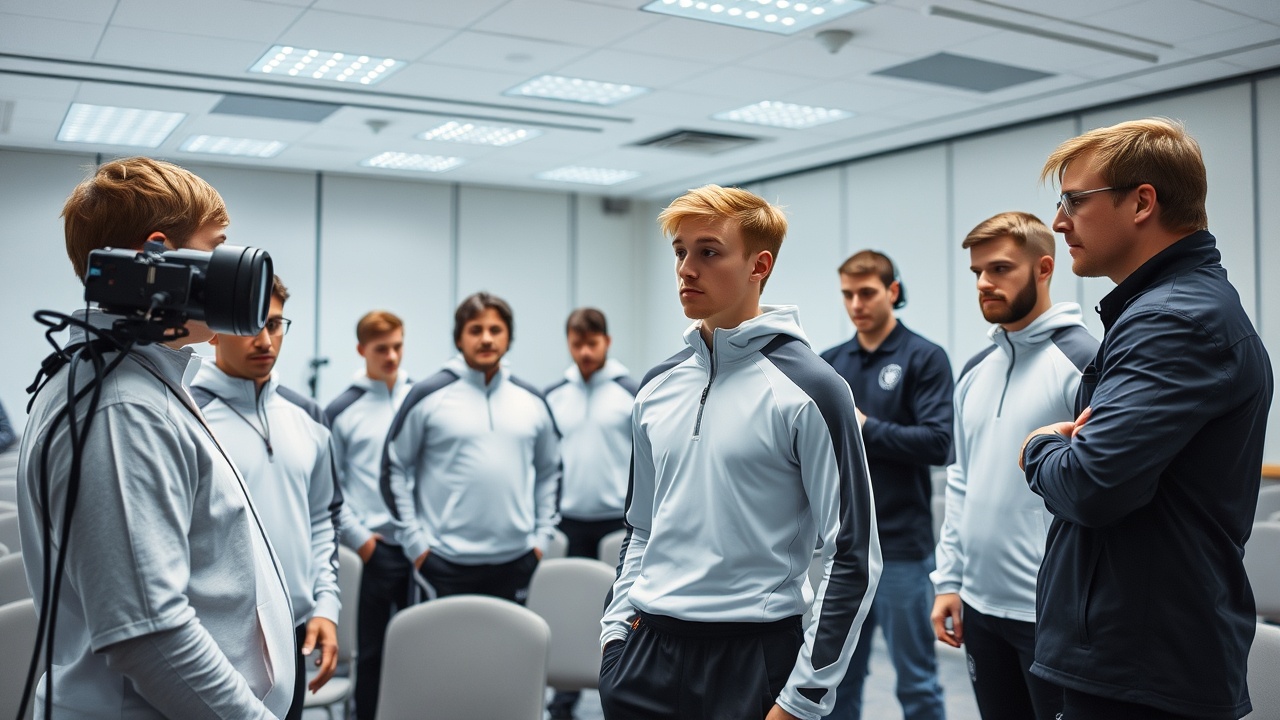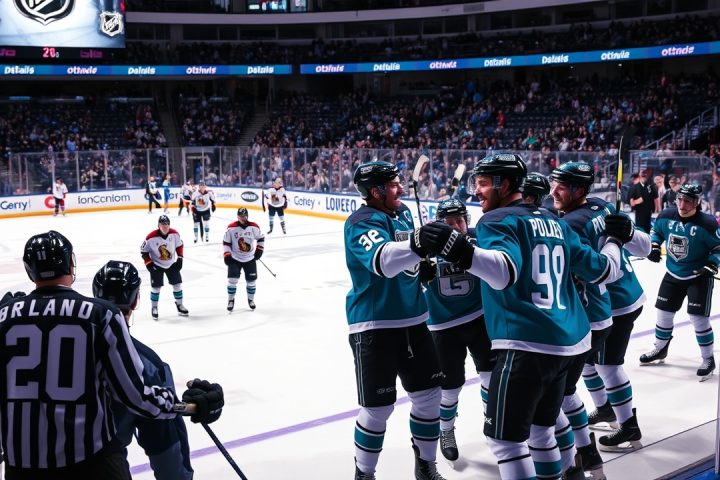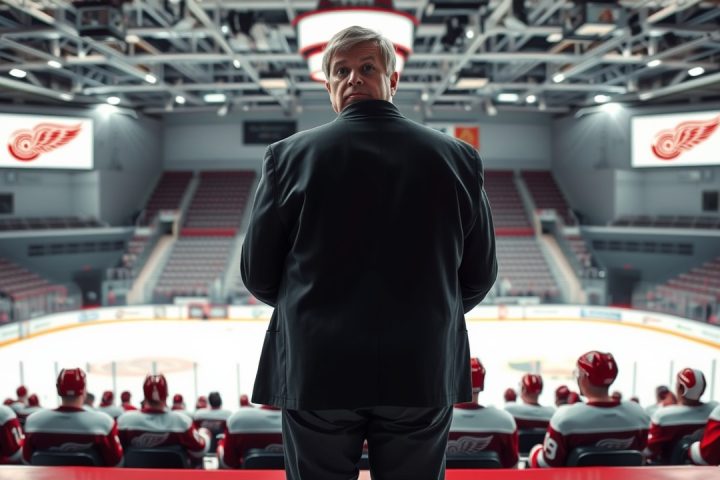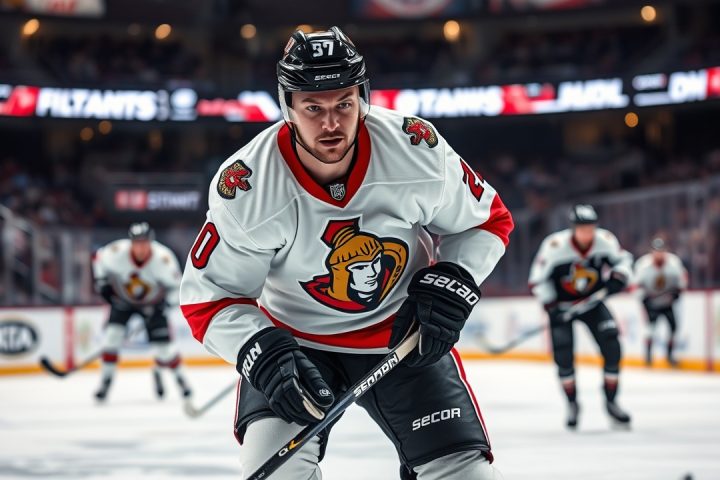The Evolution of the NHL Scouting Combine
The NHL Scouting Combine, an essential event for assessing potential draft talent, has witnessed considerable transformation since its inception in 1994. Initially, the evaluation process primarily involved watching prospects play live, discussing potential with their coaches and relatives, and conducting straightforward interviews. Ken Holland, the new general manager of the Los Angeles Kings and a veteran in the NHL, recalls simpler times where scouting was largely based on direct interactions and personal meetings rather than the extensive testing we see today.
From Simple Interactions to Comprehensive Evaluations
In the early days, there was no comprehensive evaluating apparatus like the VO2-max bikes or Wingate ergometers that are signature aspects of the current combine experience. The current format in Buffalo, New York, brings together 90 standout prospects for physical assessments, medical checks, and sit-downs with NHL teams prior to the crucial draft slated for June 27-28.
“You just called the agents and set up meetings.” – Ken Holland
Holland reflects on how different the landscape was three decades ago. In the past, informal meetings took place in various hotels, which served as the setting for scouts to get to know the players better. He reminds us of a pivotal moment before the 1992 draft, recalling his sit-down interview with Darren McCarty, who would later claim four Stanley Cup titles:
“It was just Darren and I, with me asking Darren some questions for a half hour, maybe 45 minutes.” – Ken Holland
A Platform for Insight and Analysis
Fast forward to today, the combine is a well-orchestrated event, providing a platform for teams to gain insights into both a player’s physical capabilities and mental responsiveness under pressure. Unlike the earlier years, this event now incorporates a range of tests aimed at gauging athletic fitness, endurance, and even cognitive reaction times. As NHL Central Scouting director Dan Marr explains, the players appreciate the convenience of this centralized setup, which streamlines the process for scouts and agents alike.
While premier draft candidates continue to shine independently of the combine, the event significantly aids teams in clarifying their evaluations of other prospects, turning Buffalo into a buzzing site of pre-draft activity, complete with networking for GMs and agents. It’s not just a test of physical endurance anymore; franchises now analyze players’ reaction times and decision-making skills through a series of mental acuity tests.
Strategic Importance for Teams
This year’s combine, now firmly embedded in the NHL calendar, has become a strategic touchpoint in the lead-up to the draft. Holland and Waddell, GM of the Columbus Blue Jackets, emphasize that while the psychological assessments are new, they complement traditional scouting—providing deeper insight into how players might react in high-stakes game situations.
Furthermore, the combine has become a vital venue for franchise executives to engage in discussions concerning potential trades right before draft day. Both Holland and Waddell emphasize that these informal discussions could lead to significant moves as teams finalize their rosters. Marr hopes the combine continues to grow, bringing an NFL-style atmosphere while staying grounded in its primary purpose: to equip franchises with detailed assessments of incoming talent.
Conclusion
Holland concludes with an important reminder: the combine serves various levels of importance for different teams, but undeniably provides crucial data for all 32 franchises as they endeavor to make informed decisions leading into the next season.




